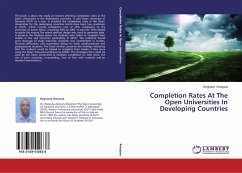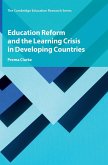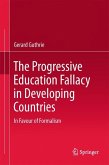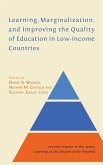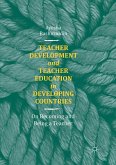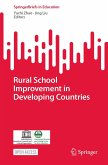This book deals on opportunities and challenges to achieving Universal Primary Education particularly in the context of developing countries.It analyses the interplay of international and national policies and practices as they are worked out in the Ethiopian context. It examines current trends in primary education of the State of Tigray vis-a-vis qualitative and quantitative indicators and shows how the once miniscule Tigray education system evolved to the level of mass education to cater over 90 percent of the eligible school age group and a large population of overage children within a decade. Despite these gains, however, weak internal efficiency, the quantity-quality tradeoffs and affordability of education financing are highlighted as major challenges in the move toward acheiving UPE. The study also employes three projection scenarios to portray what the Tigray education system may look like in the coming decade and concludes, With reasonable improvements in internal efficiency and financial supports from the international community as pledged in EFA and Millennium Declaration, Tigray is on the right track to acheive UPE by 2015.


